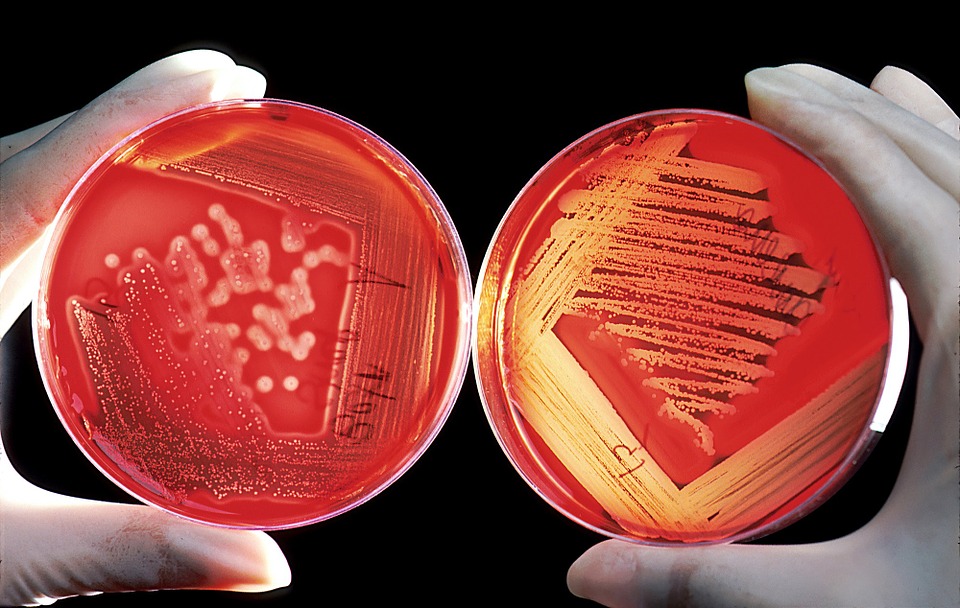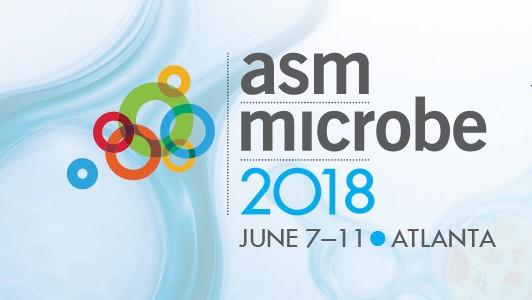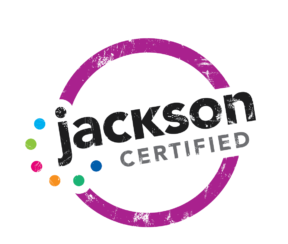Winter 2018 Newsletter
SuperBug X
A Note from the President
The Super Bowl may be over, but our team is always training to compete against Super Bugs! Super bugs, or multi-drug resistant bacteria, are bacteria that cannot be killed using two or more antibiotics. Any species of bacteria can become a super bug, and misusing antibiotics is the leading factor contributing to this growing problem.
Our winning streaks – bacteria on agar plates.
A 2015 White House Report identified several super bug threats, many of which we use in our research here at TransPharm. We have validated studies using carbapenem-resistant enterobacteriaceae (CRE), methicillin-resistant Staphylococcus aureus (MRSA), Clostridium difficile (C. diff), Acinetobacter, and many other super bugs. Have a question about which pathogens and models we specialize in? Contact us at your convenience. There are no half-time shows here; we work around the clock to complete studies for our fans. We don’t have turf or a stadium, but we pride ourselves on being champions in our field for the past 10 years. Several of our clients have published data on novel therapeutics to combat super bugs, and we think that’s something worth cheering for.
Daniel Ross
President & CEO
In the Lab
Recently, we have had several requests for our murine model of cecal ligation and puncture (CLP). CLP is the gold standard for inducing and studying sepsis, a serious condition characterized by systemic inflammation in response to widespread infection. More than 1.5 million Americans get sepsis each year, with about 250,000 of those patients dying annually (www.CDC.gov).
To perform CLP, the cecum and adjoining instestine are exposed and the cecum is tightly ligated at its base below the ileo-cecal valve (top photo). Then, the cecum is punctured with a needle (bottom photo) and gently squeezed to extrude a small amount of feces from the puncture sites. The cecum is returned to the peritoneal cavity.
Between 6 and 12 hours post-procedure, mice develop clinical signs of sepsis including lethargy, and diarrhea. Death occurs between 24 and 60 hours post-CLP, and mortality rates are predictable based on the size of the needle used for cecal perforation. Contact us for a no-obligation quote and professional consultation.
Santiago R. Lopez, Ph.D.
Chief Scientific Officer
Come see us at ASM Microbe 2018!
Members of the TransPharm team will be attending the American Society for Microbiology (ASM) Microbe Conference in Atlanta, Georgia in early June 2018. Be sure to stop by our booth (#3107) and connect with us. We’d love to see you!
Our Anniversary Celebration
TransPharm made headlines as we celebrated our 10-year-anniversary in early January 2018. Two articles, one by MLive and another by Crain’s Detroit, featured stories about our decade-long journey as Jackson County’s only life science business. The group picture below is just one of many great photos taken at our facility for these recent publications. Be sure to check out the links above to see more of these smiling faces.








